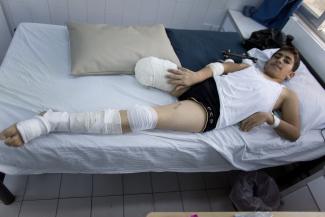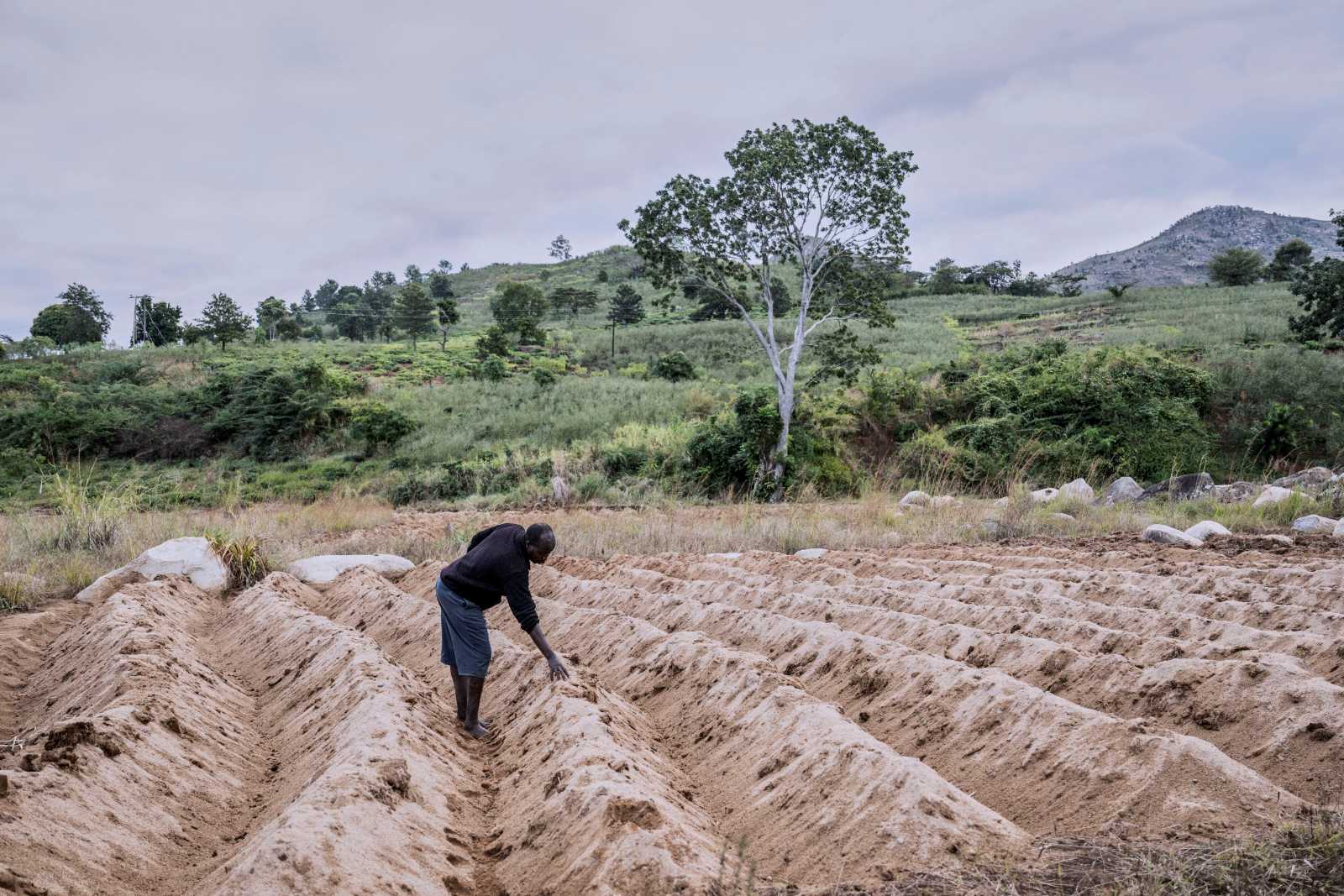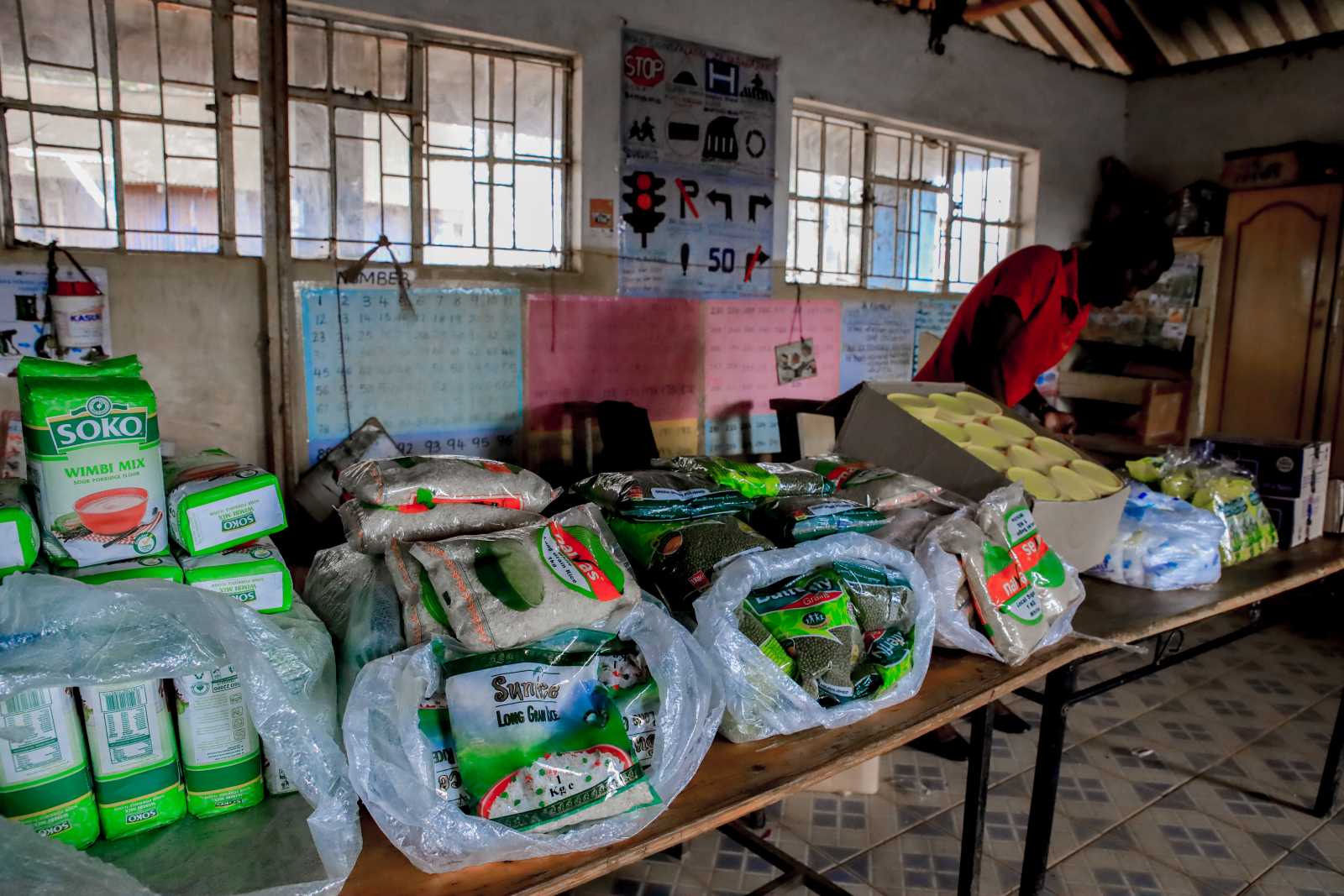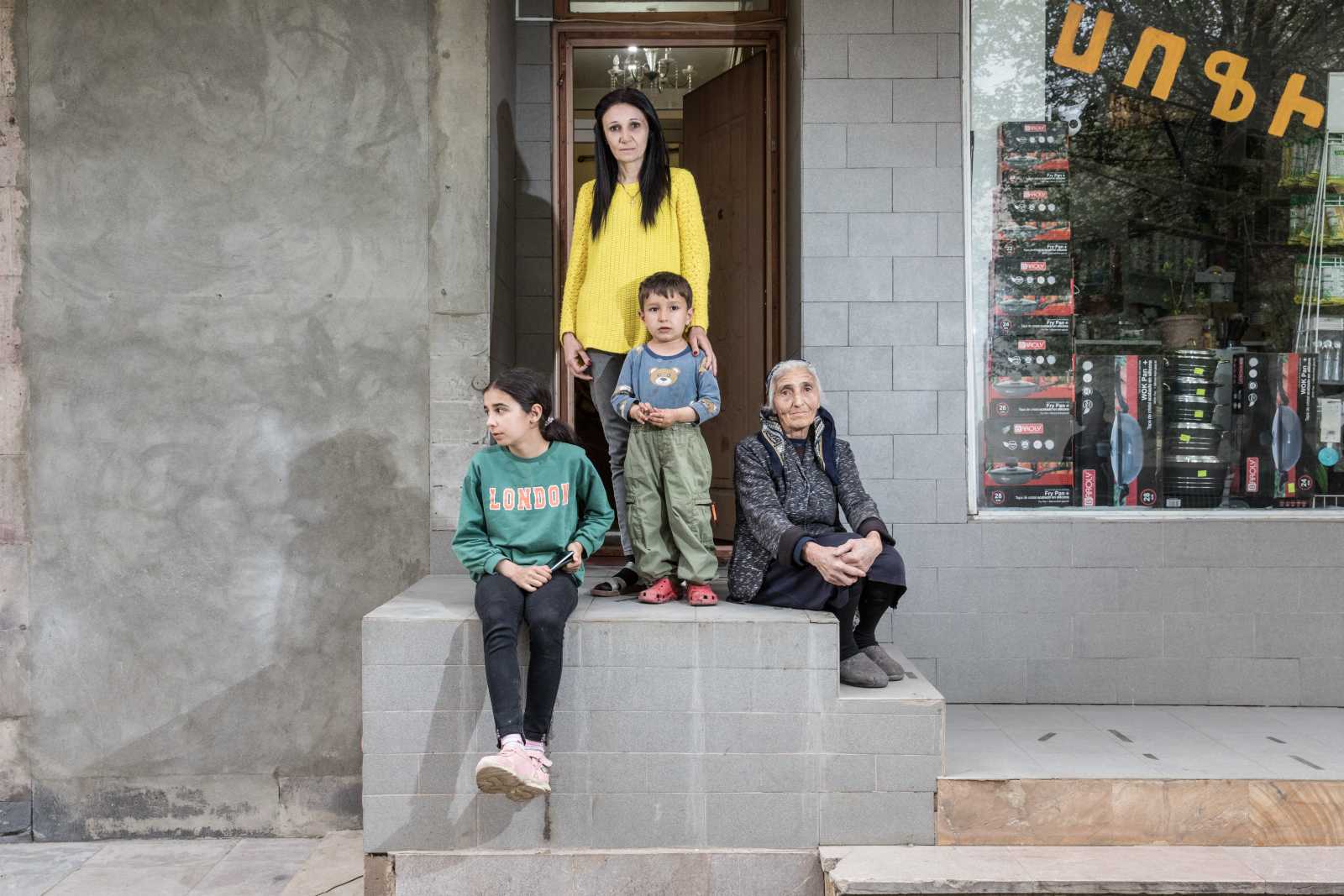Empricial data
Underestimated suffering

What motivated you to do this kind of research?
Globally we know that older refugees and refugees with disabilities and injuries are often overlooked in humanitarian crisis situations. They face additional challenges in the context of their displacement in general and they lack access to the special services they need. To put in place a coherent, needs-based programme, you need basic data. We found that there was a big gap in information, data and analysis concerning the most vulnerable refugees from Syria. One factor that really determines refugees’ access to services to a large extent is their registration status. So what we decided to do is to collect information about refugees who are registered as well as those who are unregistered with UNHCR. For the registered refugees we were able to get random samples from UNHCR. Unregistered refugees normally tend to remain invisible, and we wanted to change that.
What are your main findings?
One of the key findings is the magnitude of the problems. When we looked at the three basic issues – impairment, chronic disease and injury – we found that more than 30 % of the Syrian refugees are affected by at least one of these factors. Almost half of these particularly vulnerable refugees have problems carrying out simple daily tasks and need assistance. You must consider that this is a population living in displacement. These people are struggling for incomes, adequate food and shelter, so the numbers are very worrying. We also found that one in five refugees is affected by physical, sensory or intellectual impairment, and that one in seven is affected by chronic disease. One in 20 refugees suffers from injury, with nearly 80 % of these injuries directly resulting from the conflict. Many of these injuries result in spinal cord injuries, but also amputations. In any case, more than 80 % of the significantly injured Syrian refugees in Jordan and Lebanon suffer from injuries that will cause long-term disabilities that need to be addressed. Physical rehabilitation must really be high on the agenda.
How about old refugees?
Their situation is alarming. Among the people we interviewed, some 77 % of the 60+ generation are affected by impairment, injury or chronic disease. Two thirds of the refugees in this age group showed signs of psychological distress. It is important to realise that older refugees and refugees living with a disability, injury or chronic disease do not have the same chances and prospects of coping with this crises and recovering from it when their specific needs are not addressed. If their needs are not adequately covered, they will suffer the consequences and their families and communities will also feel the burden of this neglect. This consideration is particularly important as the refugee crisis is becoming more and more protracted.
Is the prevalence of chronic disease, impairment and injuries in the Syrian conflict significantly higher than in other armed conflicts?
That is hard to tell. I am not aware of similar data having been collected in other crises. What we do know is that the level of significant injuries is quite high. The same goes for the prevalence of chronic diseases, amounting to almost 16 % of the Syrian refugees in Jordan and Lebanon. Given the circumstances of displacement and the lack of access to medical services, many of them are at risk of their treatment being interrupted, which will lead to complications, and probably to additional impairments. High blood pressure and diabetes are not always considered critical issues, but if they are not dealt with appropriately, we will see a rise in complications and/or disabilities. In the worst cases, people die because of the complications. What we can say is that unlike crises in the Central African Republic or the DR Congo, for example, Syrian refugees had access to specific medical services prior to the conflict, when they were still in their own country. The conflict and displacement has deprived them from the access to specialised health care they used to enjoy, which may be a specificity of this crisis.
Is there any reliable information about the number of people who died because of lacking medical facilities, inside and outside Syria?
No, unfortunately there isn’t. And it would be hard to establish exact figures. One point is the lack of information. The other point has to do with statistical criteria: The people who die of complications and of chronic-disease treatment interruption are not considered casualties of the war, though they should be.
Your data differs in a startling way from the data provided by the UN High Commissioner for Refugees (UNHCR). Why do you report a higher prevalence of chronic diseases, impairment and injuries?
This is indeed an issue, but we don’t have the full explanation. Several things are relevant. For example, we see that older refugees in Lebanon are less likely to be registered than other age groups, so they are less likely to figure in the statistics. Moreover, we know that impairments are much less likely to be recorded upon registration than others. It is not uncommon chronic diseases to be missed at registration point, due to a number of reasons, including late diagnosis, late identification by registration staff, the lack of visible symptoms, and time pressure in the registration process.
What is the reason for incomplete registration – neglect, carelessness, lack of resources?
I don’t think that there is any unwillingness to be inclusive in the process of registering. We must consider the refugees’ perspective however. People told us several reasons why they did not register. One was that it was difficult to reach a registration point. Others didn’t see the benefits. They knew other refugees who had registered but who did not get any assistance. Word of mouth spreads, and new arrivals will be told that there is no point to register. So while there is no lack of good intentions, there is certainly room for improving the registration staff’s capacities. Handicap International and HelpAge are trying to collect relevant information to develop capacities.
What must be done to improve matters?
Different actors have different responsibilities. In our report we have made particular recommendations to all of them. Our main overall message is that there has to be radical change at several levels. The most important issues are:
- Registration procedures must improve.
- Staff has to be trained properly.
- Access has to be made easier.
Ultimately, it is important to note that disabilities or age are not issues that should only be left to specialised agencies to address. They must be mainstreamed.
Lydia de Leeuw
works for the non-governmental agencies Handicap International and HelpAge International. She is currently based in Amman.
lydia.leeuw@helpage.org







